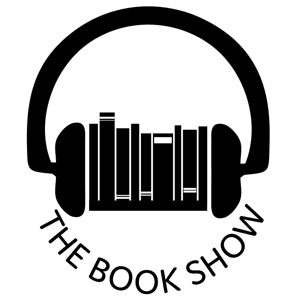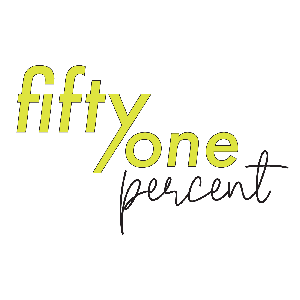Now regarded as one the most iconic cultural expressions of American society, the Woodstock festival of 1969 served to encapsulate the spirit of the 1960s counterculture movement. Despite Woodstock’s continued popularity 50 years after it was first held, the complexities that led to its creation and lasting social impacts are often overlooked. On this episode of A New York Minute In History, co-hosts Devin Lander and Lauren Roberts speak with author Mark Berger, Karen Quinn – the Senior Art Curator at the New York State Museum, art collector Arthur Anderson, and Wade Lawrence – the museum director of the Museum at Bethel Woods, about various aspects of Woodstock such as its lesser known origin story, its role as an emblem of counterculture, and it’s often-overlooked connection to the Woodstock Arts Colony.
The episode also includes a compilation of archival WAMC interviews with some of the performers and organizers of the 1969 Woodstock festival.
Woodstock Festival
The idea of the now iconic Woodstock festival of 1969 was originally conceived by four men from New York City named Michael Lang, Artie Kornfeld, John Roberts, and Joel Rosenman. Lang and Kornfeld both held experience in the music industry with Lang having headed the Miami Pop Festival of 1968 and Kornfeld having served as the youngest vice president at Capitol Records. Roberts and Rosenman were wealthy New York entrepreneurs interested in making a new investment. When they combined forces, the idea was proposed to create a recording studio in Woodstock, NY under the name Woodstock Ventures.
Woodstock, NY had been known as a popular center for artists long before the existence of Woodstock Ventures. The rural town was regarded as reflecting the “back-to-the-land” spirit that was becoming increasingly popular in the 1960s and attracted famous musicians, such as Bob Dylan and Van Morrison, seeking a peaceful place to create.
In order for Woodstock Ventures to fund their recording studio, they decided to host a concert. Although the fundraiser would be named for the town of Woodstock, due to a series of issues faced by the organizers, the festival would actually take place more than 50 miles away.
Finding a suitable location to host the festival proved to be one of the biggest challenges facing the promoters. Due to there being no suitable locations in the small town of Woodstock, the group began looking in neighboring areas. Although they were able to find several possible locations, Woodstock Ventures received pushback from local communities. At one point they tried to secure a spot in Saugerties, NY only to be refused a permit and later tried to host the event in Wallkill, NY but were denied once again.
The group's luck changed upon meeting Elliot Tiber. Tiber initially offered the land of his parent’s motel for the group to use, however, this was turned down as the site was deemed unacceptable for the large crowds expected. Tiber then suggested meeting with a real estate agent from the area as they would know of more suitable places nearby. This idea eventually connected Woodstock Ventures with Max Yasgur, the owner of a large dairy farm in Bethel, NY. Yasgur agreed to let his farm be used in exchange for a reported $50,000. Despite the event not being held in Woodstock, it continued to be advertised under the name of the town. Due to the festival’s official title being, “Woodstock Music and Art Fair presents: An Aquarian Exposition” which would be shortened and popularized by the media simply as “Woodstock.”
Woodstock Arts Colony
In certain circles, Woodstock was already iconic well before 1969. In 1902, The Byrdcliffe Arts Colony was founded near Woodstock by Jane Byrd McCall and Ralph Radcliffe Whitehead and became the first intentionally created year-round arts colony in the nation. Now the oldest arts and crafts colony in the United States, Byrdcliffe was originally formed in opposition to the popular industrialization movement



































